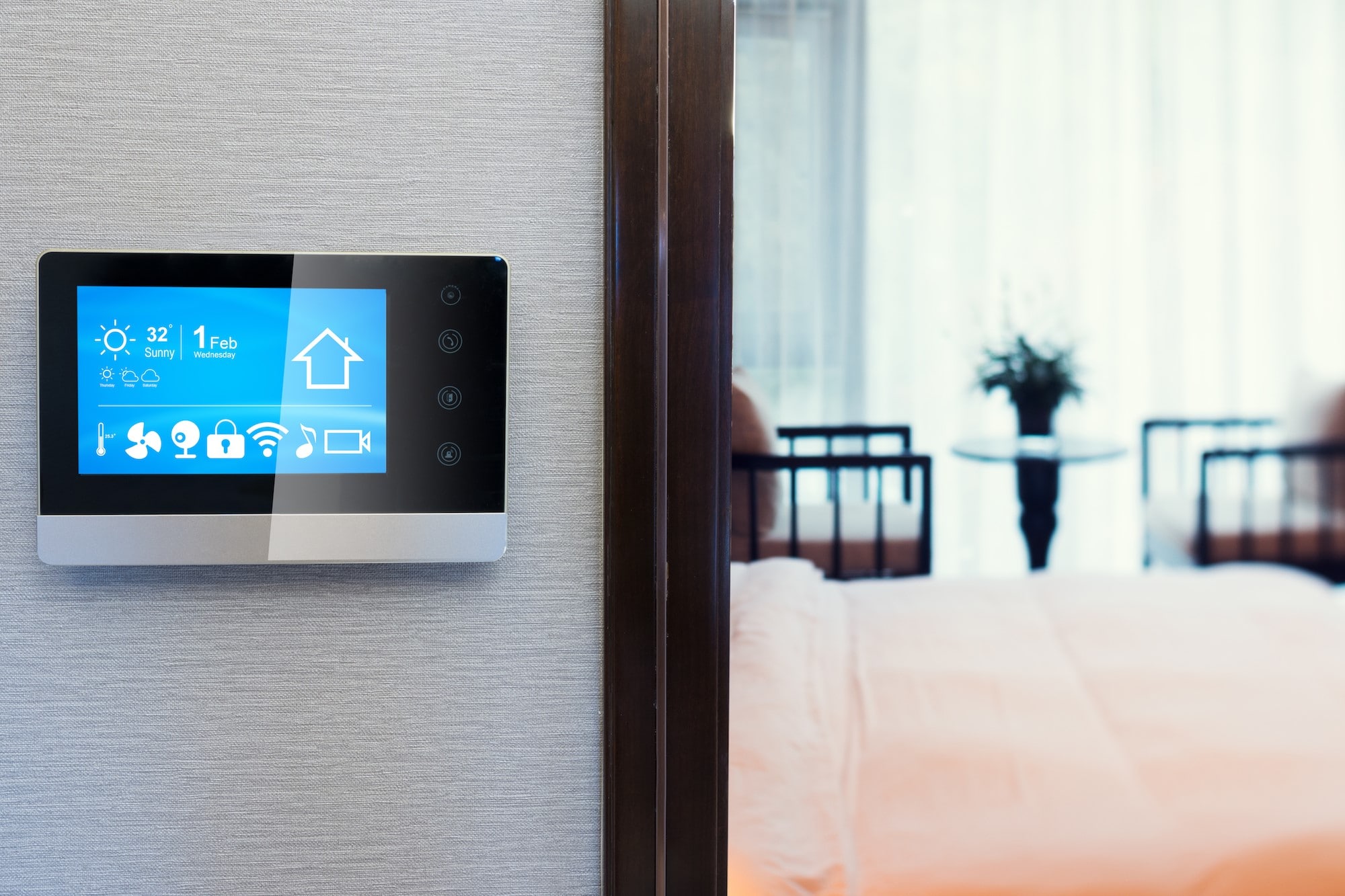
When winter temperatures plunge, at some point your heat pump may require either auxiliary heat or emergency heat to keep the house warm. Heat pumps don’t generate heat with a burner flame like a gas-fired furnace. Instead, they extract latent heat energy in outdoor air, concentrate it, then circulate it through the home’s ductwork.
Down to a certain temperature, there’s sufficient latent heat in cold air to maintain indoor temperature settings. As temperatures drop further, however, the heat pump may not extract enough heat. The outdoor temperature where this occurs varies according to the efficiency of each particular heat pump, but it’s typically below 40 degrees.
When outdoor temperatures drop below the tipping point, heat pumps offer two options: auxiliary heat and emergency heat.
What’s the Difference?
- Auxiliary heat is automatically activated when there’s not enough outdoor heat. In this mode, the heat pump continues extracting as much heat energy as possible, but also adds heat from a secondary source to make up the difference. This secondary heat source is typically electric heating coils integrated into the system. As outdoor temperatures rise and secondary heat is no longer required, the unit automatically turns off the auxiliary electric coils.
- Emergency heat is a mode the user manually selects if the unit is not providing any heat for some reason such as a malfunction. Emergency heat activates the secondary heat source to provide 100% of required heat. The system continues to operate in emergency mode until the user manually turns it off. An example when emergency heat may be used could be when a part has been ordered for a needed repair and your HVAC professional has shared that by switching to emergency heat, your home will continue to be warm for your family.
Which is Better?
If outdoor temperatures temporarily drop and your heat pump can no longer extract enough heat, the proper mode is automatic auxiliary heat. In this mode, the heat pump still contributes as much heat as possible, minimizing demand from electric heating coils. In emergency mode, conversely, the heat pump function is totally disabled and the system relies entirely on secondary heating coils. Because electric heating coils consume lots of electricity, heating costs in the emergency mode will increase dramatically if consistently used for long periods of time.
For more about understanding the auxiliary and emergency heat mode for your heat pump, contact the professionals at Jackson & Sons.
Jackson & Sons, Inc.
Our goal is to help educate our customers in Eastern North Carolina (including Wayne, Johnston, Greene, Lenoir, Pitt and Duplin Counties) about energy and home comfort issues (specific to HVAC systems).
Credit/Copyright Attribution: “iStock”